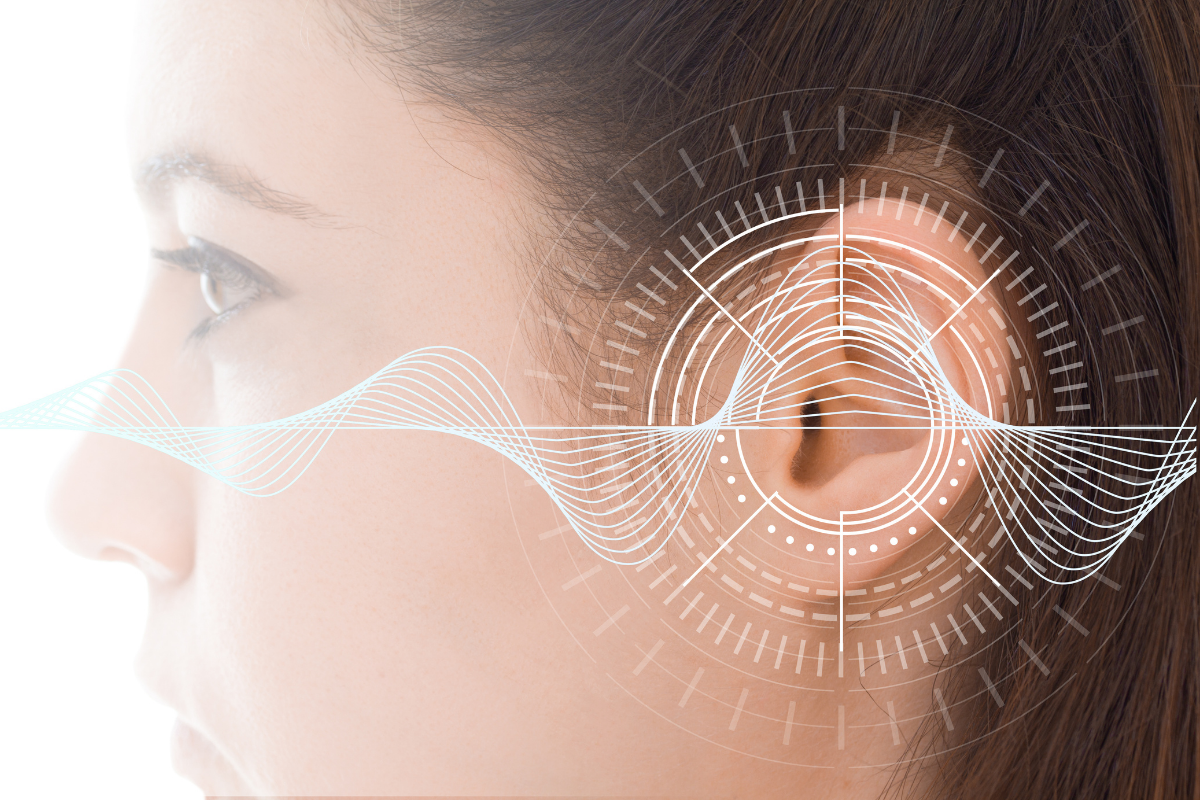If you have hearing loss and have recently consulted an audiologist to get it evaluated, chances are your audiologist talked to you about lip–reading. But what exactly is lip–reading and how can it help you?
What Is Lip-Reading?
Lip–reading is a technique that consists of using the visual cues of the mouth and face to understand speech. Any speech is always naturally accompanied by specific movements of the mouth and face. The mouth’s movement gives visual cues of the sound produced.
For example, the sound O is made by rounding the mouth, the sound P is made by clapping the lips together, etc.
The face movements give visual cues of tone, emotion, etc. When someone practices lip–reading, what they do is look at the mouth and face of the person speaking and make connections between the lip movements they see, and the speech sounds they’re associated with.
How Can Lip-Reading Help With the Effects of Hearing Loss?
When you have a hearing loss, you mishear many speech sounds, which obviously makes speech comprehension solely by auditory means quite challenging. Imagine not being able to hear the T sound in the following sentence: tonight I’m going to eat at Tom’s.
By giving visual cues of the verbal message, lip-reading allows the hearing-impaired person to complement what they hear, therefore optimizing speech comprehension.
What Are the Tips to Make Lip-Reading Easier?
- See the face and lips of the person speaking
- Ask him/her to discard or set aside his/her chewing gum
- Get closer and face the person you want to talk to
- Reduce sources of ambient noise
- Don’t be against the light
- Ask the person to speak clearly, but without overloading (without exaggerating lip movements in slow motion)
- Ask the person to speak more slowly and make shorter sentences
- Ask the person to repeat or rephrase. Sometimes you understand better the second time!
- Repeat what you understood to verify with the person that that is what he said.
Don’t give up if you find it difficult at first, learning to read lips is not always easy!
There are sounds that are called labial lookalikes because they form in the same way on the lips (for example /m/ and /b/).
Don’t forget that communication is between two people and that your interlocutor is also responsible for making things easier!
Can You Learn Lip Reading?
Everyone can make the connection between a certain speech sound and the specific mouth movement it is associated with (that’s what learning to talk is!), so everyone has a certain natural ability to lip-read.
However, just like any ability, some people are simply better than others. For example, certain people are so good at lip-reading that they can understand another conversation from afar simply by lip-reading!
With practice, this ability can improve. For hearing-impaired people wanting to improve their lip-reading skills to help with speech comprehension, certain non-profit organizations and rehabilitation centers offer lip-reading training classes.
Lip-reading classes are often given in groups to allow you to share your experiences and to have people to practice with. The meetings are spread over several weeks, to give you time to improve (which, as with everything, is not done in one day!)
The exercises can consist of the presentation of words, then sentences, then instructions, and texts. In the beginning, we give a limited choice, we use words that do not resemble each other, and we give visual support.
The difficulty then gradually increases; the words are more similar, the sentences are longer, there is less visual support, you understand texts and real conversations by reading on the lips, etc.
In short, lip-reading is a very useful strategy. Combined with other listening strategies, it can greatly help hearing-impaired people better comprehend speech.
Feel free to contact one of the ODYO’s team of professionals if you have more questions about this subject.





